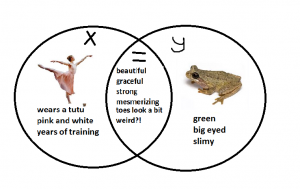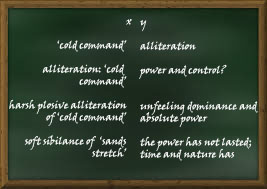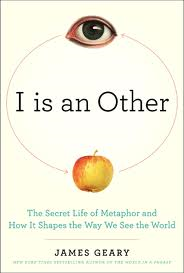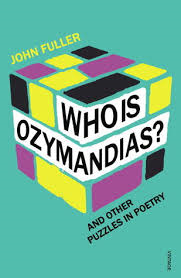When Go Set a Watchman was published, it seemed that To Kill A Mockingbird was ruined for us. When Benedict Cumberbatch’s Hamlet placed “To be or not to be” at the very start of the play, it was sacrilege. But this is part of the beauty of literature, that the words on the page never change but our perspectives can. Kenny Pieper, in this lovely post on reading Go Set a Watchman, writes:
Over time we change, experience and age altering our outlooks, and that is reflected in the way we read.When we re-read old favourites we don’t merely repeat the process because we have changed; our background knowledge has increased, our life experiences enhanced. So, like Jean Louise, we might return there but it can never be the same.
English teachers will visit the same texts many times in their careers and every time that we reteach a text, we reread it. Each time we will spot those differences- sometimes subtle, sometimes transformative- that keep things from ever getting stale.
Experiences
As we learn more about the world, our perspectives change. I spent a couple of days in Venice this summer and of course I thought of The Merchant of Venice throughout my stay. Navigating the intricate streets, I was both fascinated and claustrophobic. I often had no idea where I was- thankfully I was never too far from a sign. Perhaps other factors such as the intense summer heat and the swarms of tourists exacerbated this feeling of oppression. I could see echoes of this in so many of the characters, most of whom are trapped in some way: Antonio, trapped by his lack of capital; Jessica, trapped by her father (and Portia trapped by hers); Shylock literally and figuratively trapped by his religion. I thought of Belmont (which in my mind was a mountain visible in the distance) as a place that was so far removed from this place that Bassanio would do anything to be there. I loved the bustle of the Rialto bridge and the romance of the canals. When I teach the play again, I will approach it quite differently. (I can’t say that going to King’s Cross has changed my perspective on Harry Potter though.)
Choices
This year, like every year of my career, I am teaching Macbeth. The scheme of work starts inevitably with Act 1 Scene 1 but I don’t think that the scene with the witches is particularly interesting. It is fairly dramatic, and there are some language elements worth picking apart, but I feel that it is all fairly superficial. So I did a Cumberbatch of my own and started with Macbeth’s soliloquy in Act 5 Scene 5: “Tomorrow and tomorrow…” It is one of the best passages in any Shakespeare play, it deals with the human condition as well as anything and is a perfectly formed poem in itself. It demonstrates Shakespeare’s wordplay and use of metaphor. It also leads students into the question of how he ended up like this and serves the study of Macbeth as a tragic hero much better. By changing the starting point, I changed the whole relationship students have with the play. It is framed as a play about a person, rather than a play about witches.
Time
Another thing that is hard to avoid is how time changes the way we read texts. Characters who were once much older than us become younger and our relationship with them changes as a result. Our political opinions change, our passions change, our circumstances change. A poem which has changed for me is So Many Summers by Norman MacCaig, one I always find a way to teach. It’s a simple poem, where the speaker passes a boat and the body of a deer every year on his fishing trip. The last stanza is:
Time adds one malice to another one–
Now you’d look very close before you knew
If it’s the boat that ran, the hind went sailing.
So many summers, and I have lived them too.
Year after year, I have taught this poem, one I first read when I was at school. Just like the speaker, the hind and the boat are still there for me, year after year, so the message of the poem becomes more resonant each time I come back to it.
Even though these are the same texts for us, our students are meeting them for the first time, and viewing them from their perspectives, so this poem is an entirely different poem for them. They see the speaker, and the boat, and the hind, for the very first time. Yet their perspectives, far from being naïve or simplistic, help to keep our texts exciting and new. The cries of “oh no” that came from a couple of students as we read the end of Of Mice and Men reminded me that these texts can always surprise. It is great to hear their fresh opinions on texts that you take for granted- I have lost count of the amount of times a comment from a pupil has changed what I think about a character or a simile or a theme.
Whatever we read, our perspectives are routinely changed. Does Orson Scott Card’s homophobia change the fact that I enjoyed Ender’s Game? Does knowledge of Steven King’s addiction invite a more favourable interpretation of The Tommyknockers? Most importantly, and I know that this isn’t ‘literature’, but does this article on Jar Jar Binks as a kung fu master change everything we thought we knew about The Phantom Menace?



